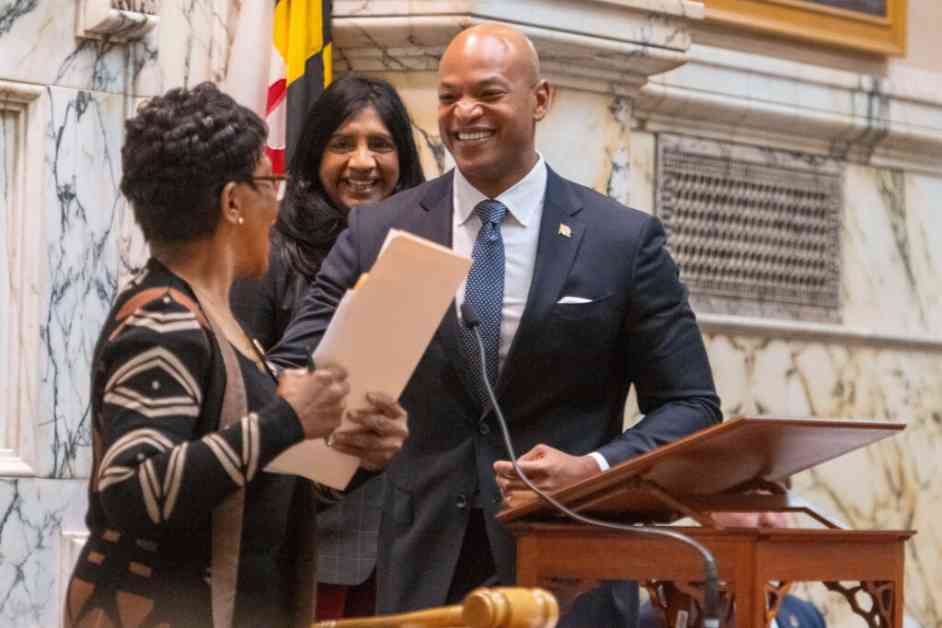Title: Maryland Struggles to Maintain Climate Goals Amidst Financial Challenges
Maryland lawmakers are grappling with a trio of obstacles as they kick off the 2025 legislative session. Rising energy costs, a deepening budget crisis, and uncertain federal climate funding under the Trump administration are casting a shadow over the state’s ambitious climate commitments. The big question on everyone’s mind is whether Maryland can uphold its climate goals amidst these competing demands.
Budget Crisis Threatens Climate Agenda
The looming $2.7 billion budget shortfall by FY 2026, projected to balloon to $6 billion over the next five years, poses a direct threat to Democratic Gov. Wes Moore’s climate agenda. Many vital state programs, such as building electrification, electric vehicle incentives, and renewable energy projects, rely heavily on federal funding from the Inflation Reduction Act (IRA). Unfortunately, Trump has expressed intentions to roll back key elements of this funding post-inauguration.
Legislative Setbacks and Revenue Measures
Despite some successes like the EmPOWER reform bill and the WARMTH Act, which expanded incentives for renewable energy, Maryland lawmakers failed to pass crucial revenue-generating measures. The proposed Responding to Emergency Needs from Extreme Weather (RENEW) Act aimed to establish a $900 million Climate Change Adaptation and Mitigation Fund funded by oil and gas companies. Another key part of the Climate Pollution Reduction Plan (CPRP) included a cap-and-invest program estimated to generate $300 million for climate initiatives.
Challenges Ahead in Legislative Session
As the 90-day session unfolds, lawmakers face the daunting task of bridging the fiscal gap while juggling competing priorities in education, health, and climate action. With advocates fearing that Maryland’s climate commitments could become more symbolic than substantive without adequate funding, the pressure is on to find innovative solutions to navigate these challenges.
Personal Story – A Glimpse into the Reporter’s Perspective
As a journalist covering environmental justice in the Baltimore-Maryland area, I’ve witnessed firsthand the urgency and complexity of the state’s climate crisis. The stories of communities grappling with the impacts of climate change and the tireless efforts of advocates to push for meaningful action have left a lasting impression on me. It’s clear that the decisions made in Annapolis will have far-reaching consequences for Maryland’s future and the well-being of its residents. The stakes are high, and the time to act is now.
As Maryland stands at a crossroads, facing financial constraints and political uncertainty, the path forward remains uncertain. With climate advocates, lawmakers, and residents all watching closely, the decisions made in the upcoming legislative session will shape the state’s climate trajectory for years to come.














